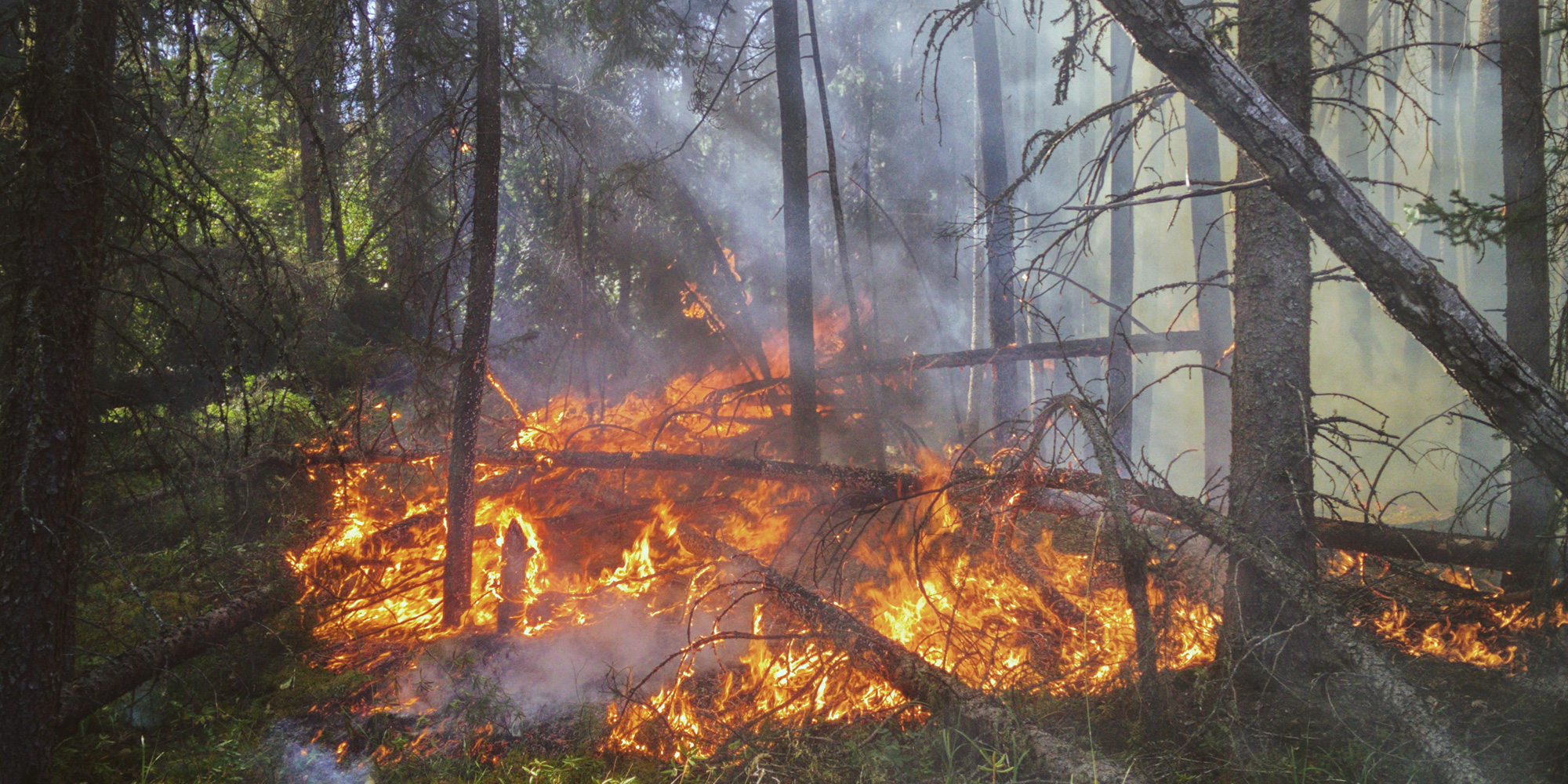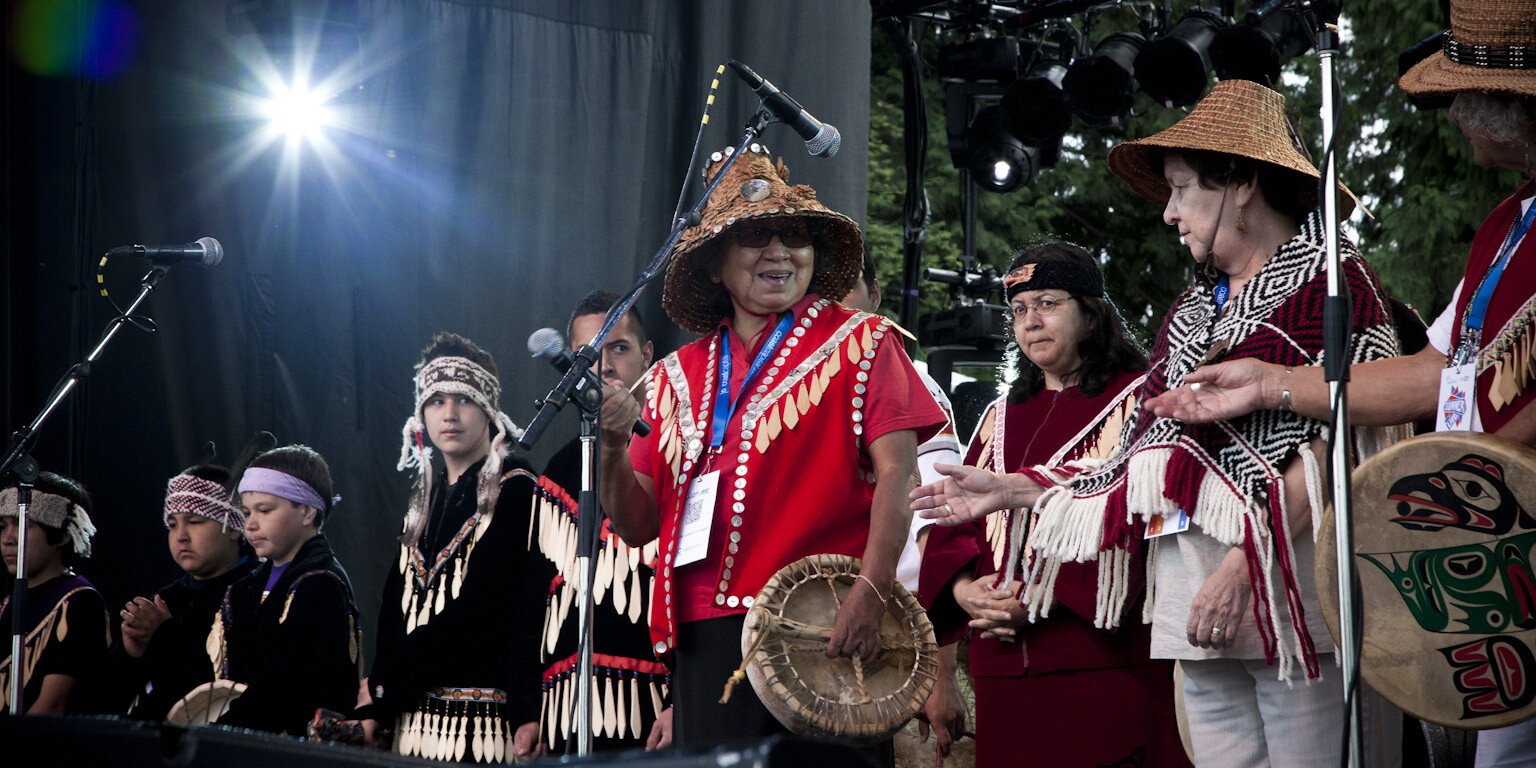Forest Fires and Indigenous Communities
The severity and impact of forest fires dominate the headlines every summer. In 2016, the Fort McMurray, Alberta, wildfire invoked the largest mass...
3 min read
Bob Joseph October 16, 2017

Although daily newspapers have covered Indigenous issues extensively, news organizations are being called upon to reach a higher standard. As Truth and Reconciliation Commissioner Marie Wilson put it when she spoke to Ryerson’s School of Journalism, “Journalists must embrace their role as educators when reporting on Indigenous issues and recognize how their work shapes perceptions. [1]
For many Canadians, their sole source of information about Indigenous Peoples is via articles in print or online. Given that readers increasingly only scan the headline before sharing on social media or moving on to another article, there has never been a greater need for specificity in headlines.
People are more willing to share an article than read it, study co-author Arnaud Legout said in a statement. This is typical of modern information consumption. People form an opinion based on a summary, or a summary of summaries, without making the effort to go deeper. [2]
Here’s a quiz for you: which of these headlines are specific?
The only specific headline is #2. Why? Because it identifies which First Nation is the subject of the headline. In Marten Falls First Nation Starts Blockade on Ring of Fire, if readers were to go no further than the headline, at least they would know that not all First Nations but the Marten Falls First Nation has taken action against the Ring of Fire.
The others give the misconception that all of the over 600 First Nations in Canada are raising the rent, protesting pipelines and clashing over the Ring of Fire mineral deposit. Clarity about which First Nation is taking the action is provided at varying spots in the other articles.
Seven paragraphs in, the reader learns that only 21 of the 630 First Nation communities in Canada, representing about 30,000 people of the 851,560 people who identify as First Nations, have taken the federal and Ontario governments to court.
In the first paragraph, you learn that three of the 198 First Nations in BC have filed lawsuits.
The first paragraph clears up the misconception that all 630 First Nations in Canada are not opposing the Ring of Fire sale, but two are.
A full nine paragraphs into the article you learn that one umbrella group, representing nine First Nations, is protesting the Ring of Fire development.
You see what I mean?
When writing about Indigenous Peoples, editors and journalists should consider changing the practice of using “First Nations” as a generic, collective noun in their headlines. Headlines that use “First Nations” give the impression that all First Nations in Canada are a united, homogeneous group that speaks and acts as one. The practice is not helpful to the way First Nations are perceived in this country and is counterproductive to reconciliation. The role news providers play in shaping and forming opinions can be enhanced by being specific.
In my training, I am frequently asked “Why do First Nations oppose resource development?”. How would the person asking the question have formed that opinion? Because that’s the takeaway from the headlines. Not all First Nations oppose resource development. Some do, some don’t and each Nation will have its own reasons for opposing or supporting resource development.
Journalists assigned to cover Indigenous news should be aware, at a minimum, that there are more than 630 First Nation communities in Canada, which represent more than 50 Nations and 50 Indigenous languages. Each Nation has its own culture, traditions, creation story, art, worldviews, socio-economic situation, issues, and priorities. Additionally, those who report on the news should be aware of the pre- and post-contact history and have a working knowledge of the ongoing impact of the Indian Act.
Ideally, news organizations should support their staff through cultural awareness training so that they do not inadvertently perpetuate many of the negative perceptions that plague First Nations in Canada.
It’s 2017! Canada is on the path of reconciliation and mainstream media can greatly aid the process by becoming more specific with its headlines for Indigenous issues articles. This is just the opinion of one Indigenous person out of a possible 1.4 million Indigenous opinions.
[1] Beyond crisis reporting: Rebalancing the relationship with Indigenous Peoples; Policy Options/Options Politiques, May 2, 2016
[2] 6 in 10 of you will share this link without reading it, a new, depressing study says; Chicago Tribune, June 18, 2016
Featured photo: Pexels

The severity and impact of forest fires dominate the headlines every summer. In 2016, the Fort McMurray, Alberta, wildfire invoked the largest mass...

Indigenous People face the worst housing outcomes in the country. Hon. Marc Miller, Minister of Crown-Indigenous Relations [1] To understand the...

A frequent misconception is that Indigenous Peoples are all the same in Canada but there is a clear diversity amongst Indigenous Peoples. Linguists...